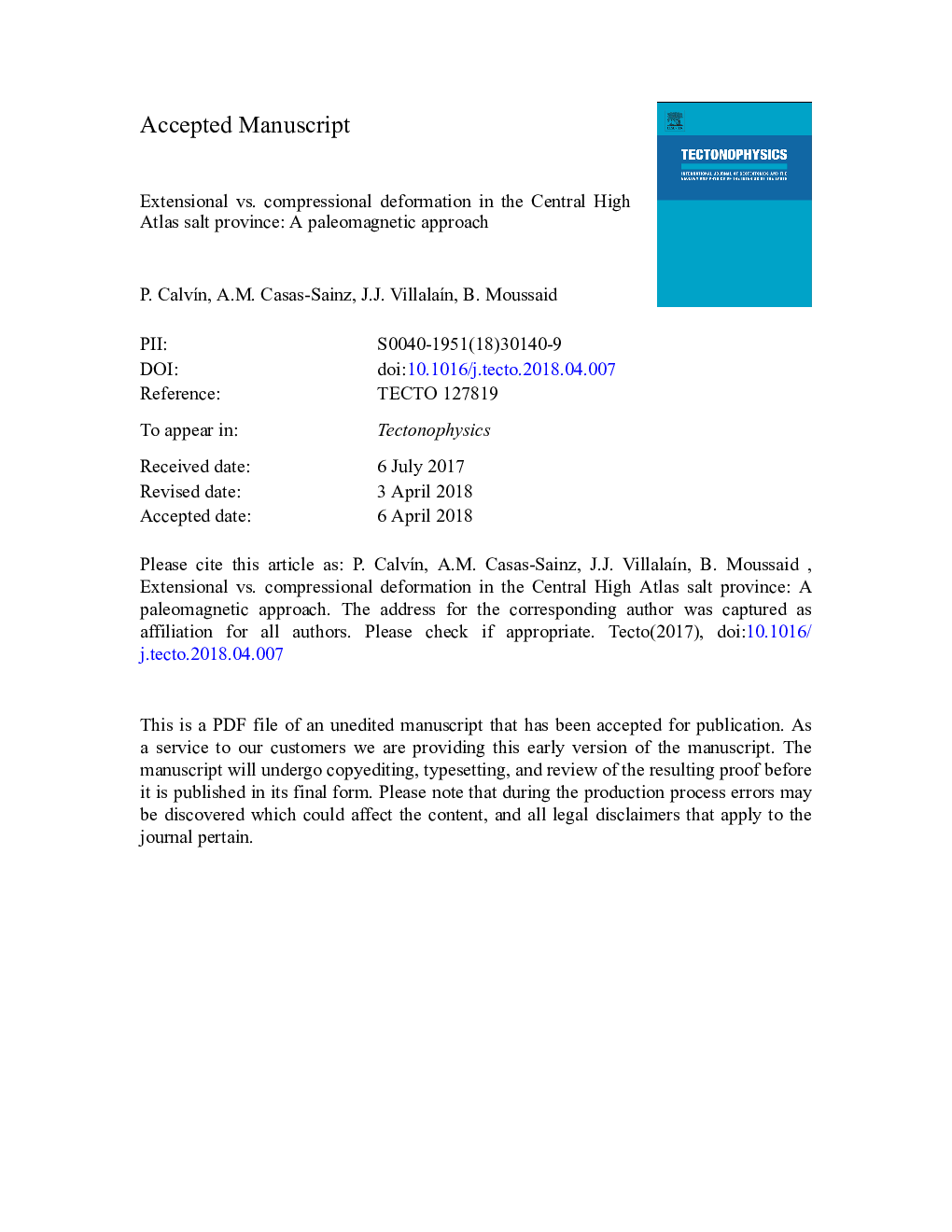| Article ID | Journal | Published Year | Pages | File Type |
|---|---|---|---|---|
| 8908680 | Tectonophysics | 2018 | 41 Pages |
Abstract
Comparison between present-day and pre-inversion structure allows discriminating three different evolutionary patterns: (i) thrusted and welded salt-walls mainly structured during the extensional stage (Ikkou ridge) with steep limbs close to the salt-wall core. (ii) Jurassic salt-walls with weaker deformation, restricted to the areas adjacent to the structure (Tadaghmamt and Timedouine); in this case, Cenozoic compression is limited to welding of the salt-walls and buttressing of the sedimentary sequences against faults. (iii) salt-rollers gently initiated during the Jurassic (Toumliline diapir), thrusted during the Cenozoic compression. Results show the importance of salt tectonics both during extension and compression, as well as the control of the compressional features by the inherited extensional structures. The performed restorations prove that paleomagnetism is a useful, independent tool to obtain palinspastic restorations and to separate, and quantify, the imprint generated during the basinal stage from the inversional features.
Related Topics
Physical Sciences and Engineering
Earth and Planetary Sciences
Earth-Surface Processes
Authors
P. CalvÃn, A.M. Casas-Sainz, J.J. VillalaÃn, B. Moussaid,
